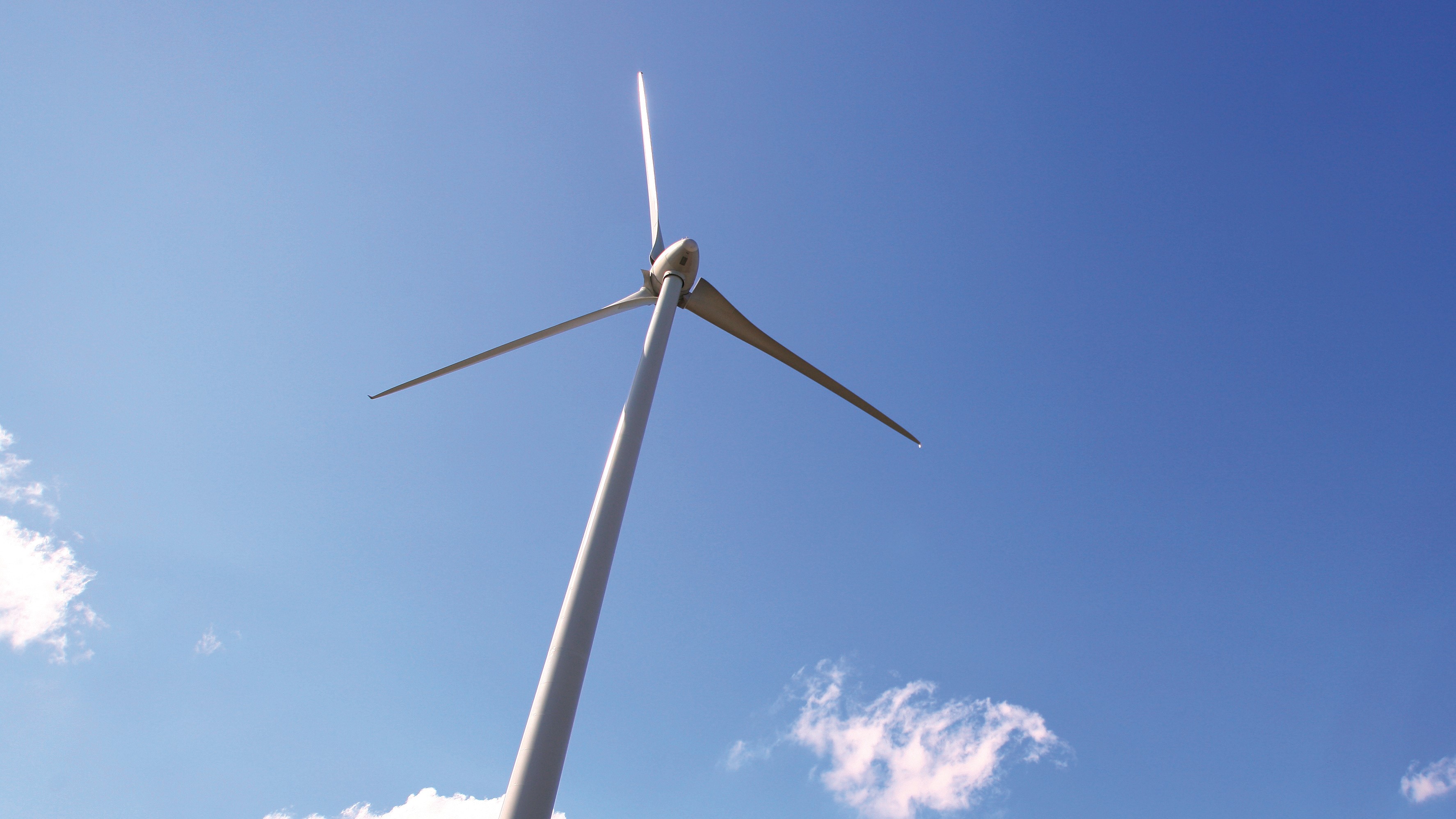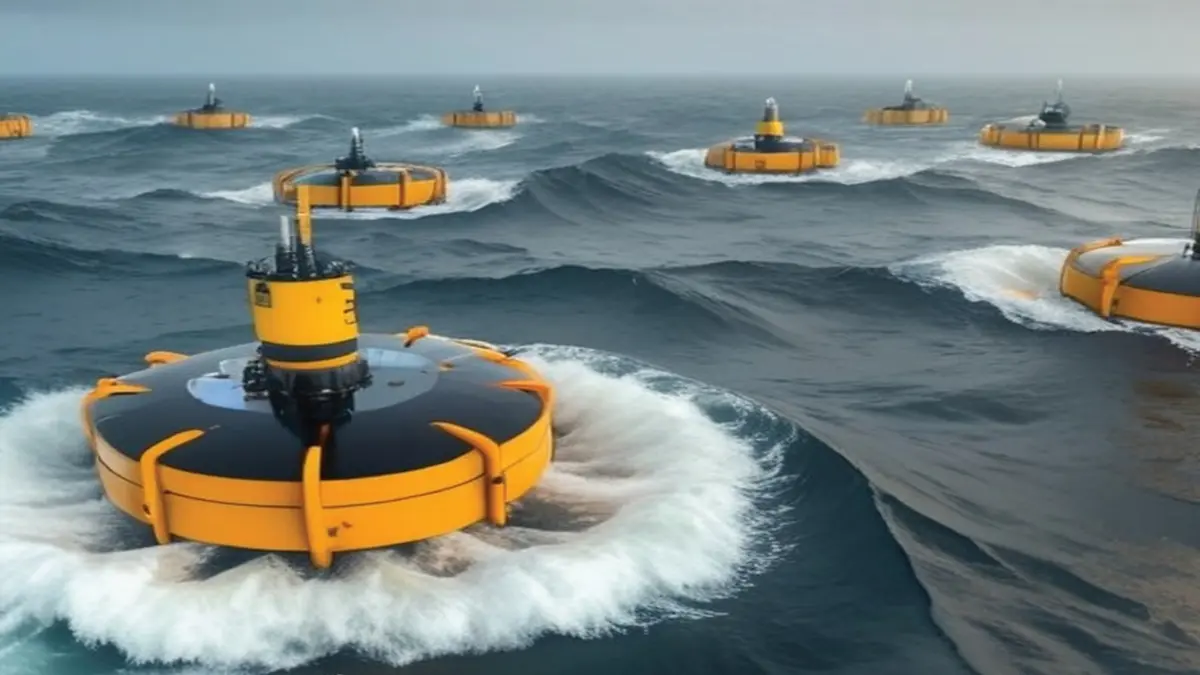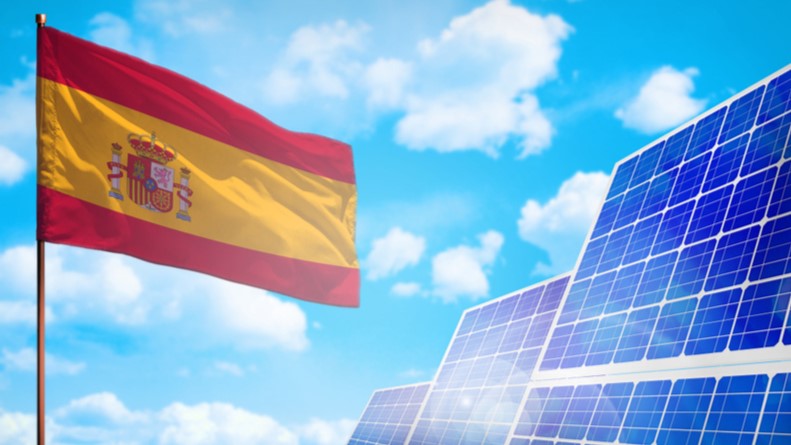Siemens Gamesa has completed the installation of its massive 21.5MW offshore wind turbine, marking a significant milestone in Europe’s wind energy sector.
The installation, which took place in Denmark, positions the company to compete with Chinese manufacturers that have dominated the high-capacity wind turbine market in recent years.
The new turbine, with a rotor diameter of 276 meters, is currently one of the most powerful installed wind turbines globally.
Local media first reported the completion of the installation on April 2, with sources confirming the development to Windpower Monthly business magazine.
Siemens Energy, the parent company of Siemens Gamesa, has remained cautious in its statements regarding the turbine’s commercial future.
While the new wind turbine surpasses previous European models in power rating, Siemens Energy has been careful to frame it as a test installation.
CEO Christian Bruch previously stated, “no decision has been made about whether to offer the turbine commercially.”
The prototype is designed to validate several new technologies and obtain necessary certifications before entering full-scale production.
Siemens Gamesa received a prototype certificate from the Danish Energy Agency, which gives the company until 2027 to develop and optimize the turbine.
Danish regulations require turbines with a rotor area exceeding 5 square meters to hold a valid certification, ensuring compliance with stringent safety and design standards.
Chinese manufacturers have taken the lead in building increasingly powerful wind turbines.
Dongfang Electric currently holds the record for the largest offshore turbine, unveiling a 26MW model, while MingYang has developed turbines ranging from 18MW to 20MW. With the SG DD-276 model, Siemens Gamesa aims to provide a European response to these advancements.
While the Siemens Gamesa prototype is impressive, its rotor diameter is smaller than those of its Chinese competitors.
Western manufacturers, including GE Wind Energy and Vestas, have generally pursued a more conservative approach, with GE’s Haliade-X reaching 14MW and Vestas’s V236 model at 15MW.
The cautious strategy from Western firms contrasts with the aggressive scaling of Chinese manufacturers, who have already installed and operationalized several high-capacity turbines.
Despite the growing capacity of offshore wind turbines, questions remain about their long-term viability.
Larger turbines require more costly transportation and installation, and maintenance presents significant logistical challenges.
While the market is increasingly shifting towards bigger models, the efficiency and reliability of these massive machines will ultimately determine their success.
Recent operational issues have affected Western wind turbine manufacturers, leading to financial setbacks and production slowdowns.
Siemens Gamesa hopes to avoid similar pitfalls with its new prototype, ensuring the model performs reliably before any commercial rollout.
While the 21.5MW turbine represents a technological leap, industry experts remain divided on whether such massive turbines will become the standard.
The competition between European and Chinese manufacturers continues to shape the future of offshore wind energy, with Siemens Gamesa’s latest installation playing a crucial role in the ongoing race for innovation.








